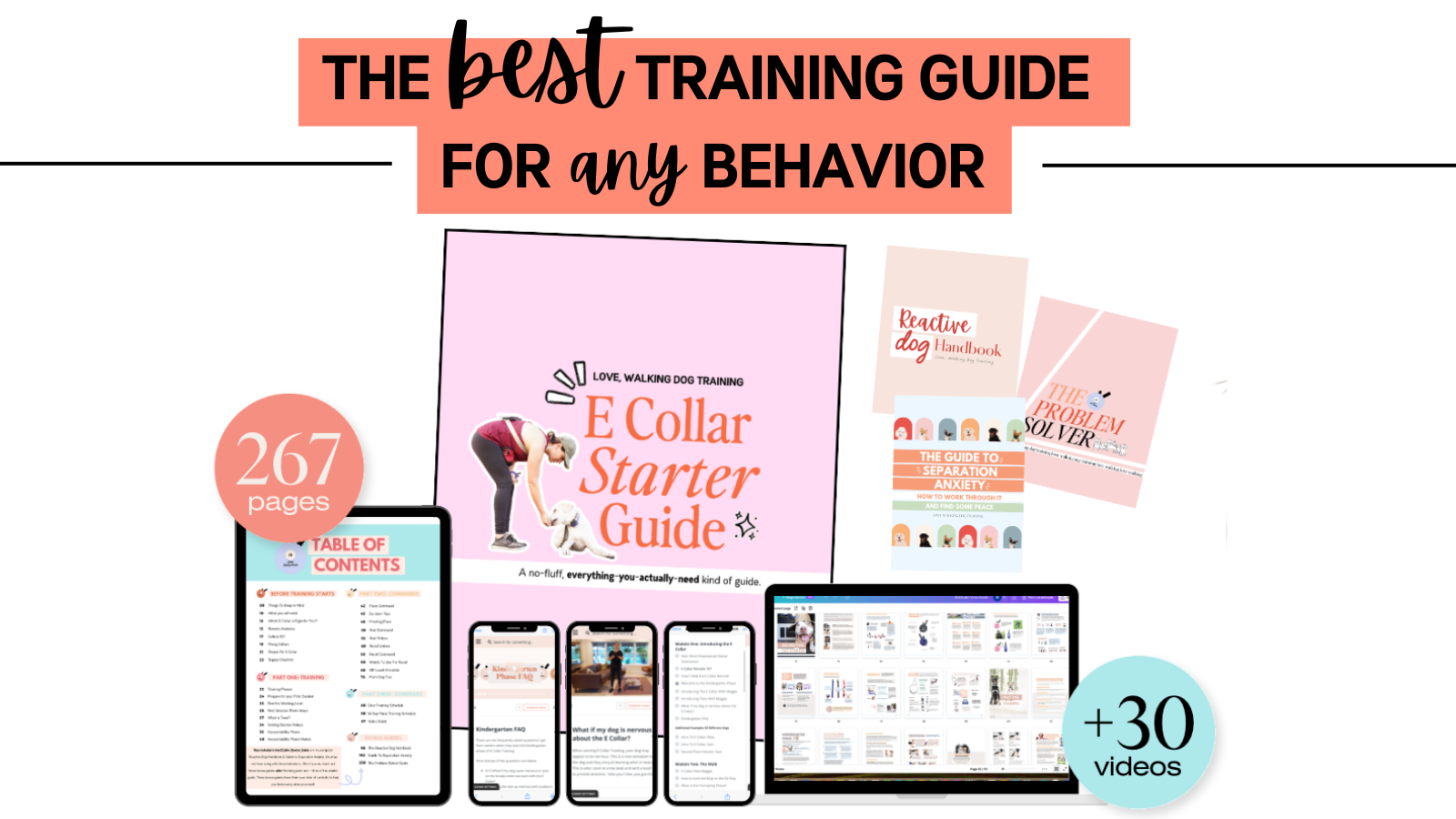Dogs & Fireworks: How to support your dog on the Fourth of July
The Fourth of July can be a time of confusion, stress, and anxiety for many dogs. Unexpected noise that fireworks bring trigger their natural fight-or-flight response.
Unlike other sounds in their environment that we have helped to normalize for them through training (thunder, kitchen blender, vacuum, trash truck), fireworks come without warning - no build-up, just sudden bangs and flashes - to them, it feels like danger.
As owners, we’re not aiming to “fix” their anxiety entirely - instead, here are some clear, simple tips that I use with my dogs to help them feel safer and more at ease during the fourth of July festivities.
Go for a Longer Walk Early
Think of a long, purposeful walk as a buffer against stress. Exercise won’t “cure” anxiety—but it helps settle your dog’s mind and release anxious energy that may already be built up. A structured walk early in the day shifts their energy into something more purposeful. Planning an intentional outing while giving them a job - like reinforcing “heel” - can give your dog a calmer base before the festivities. Remember to go earlier in the day, before the heat and the fireworks begin.
Keep Collar & Tags On
Every year I see posts in my local neighborhood forums after dark & the next day about dogs that darted away on the fourth of July and have not come back. Fireworks can send even the most well-behaved, least reactive dogs into a panic - the risk of escape increases on this day. Make sure your dog has an up‑to‑date collar and ID tags and are actually wearing them! Even if you’re celebrating at home, being prepared with tags & collars on is your best safety net if your dog does happen to slip away. It’s also a good idea to keep your dog on a leash when letting them out for their pre-bedtime potty.
Use a Kennel or the “Place” Command
Pacing around your home might feel natural to a scared dog—but that doesn’t help them calm down. Actually - the opposite. Having the space to pace around your house is going to make their reactivity & anxiety worse. Not knowing where to channel their anxiety actually makes it grow. Instead, give your dog a defined spot and job - a kennel, or a comfy mat, or a place cot. Add a favorite blanket, chew toy, or sound machine to help ease anxiety. The “place” command acts like an off‑switch: it gives your dog a job to do, one that’s calm and contained.
It also tells your dog… “hey, I know there are strange sounds, you’re anxious, but it’s safe and you can relax”.
Need help with adding the place command into your training arsenal? Check out my free Intro to the Place Command Guide. My ultimate training guide, The E Collar Starter Guide, gives in-depth step by step guidance on how to incorporate place into your daily routine - it’s actually my favorite thing to teach/use with dogs. So helpful in so many situations!
Mask Fireworks with Sound
Unpredictable pops and booms are one of the main anxiety triggers for dogs. White noise - whether from a fan, sound machine, or calming music playlist - doesn't remove the stress, but it shifts their attention and drowns out some of the triggers. Put the sound wherever your dog will be spending most of the evening (kennel, place cot, dog bed). Just enough background noise can make a big difference in how unsettling each firework feels.
Be a Calm Anchor
Your energy matters. If you’re glued to your dog, over soothing, worried & anxious about their reaction, your dog will mirror that tension. The goal here isn’t to ignore them—but to stay grounded. Be present, offer short reassurance (“you’re okay,” in a steady voice), but keep the mood neutral and talking to a minimum. No hovering, no coddling. Just a calm, confident, empowered presence.
Recognize That Anxiety Can Be Normal
Even with all of these tips in place, your dog may still show signs of stress and anxiety - they might pant, whine, or try and pace. That’s okay. The goal isn’t perfection - we are not trying to cure their anxiety in one night - it’s making it through the stressful triggers we know will happen. As an empowered owner, you’re giving them tools to help bear the noise, the flashes, and the uncertainty. That’s a win.
Offering structure when your dog needs it most is the best you can do. A longer walk, a safe space to “place,” familiar sounds, being an anchor - these are building blocks for coping, not cures. On July 4th, your dog doesn’t need perfection—they need your calm, steady planning. That’s the best gift you can give.




